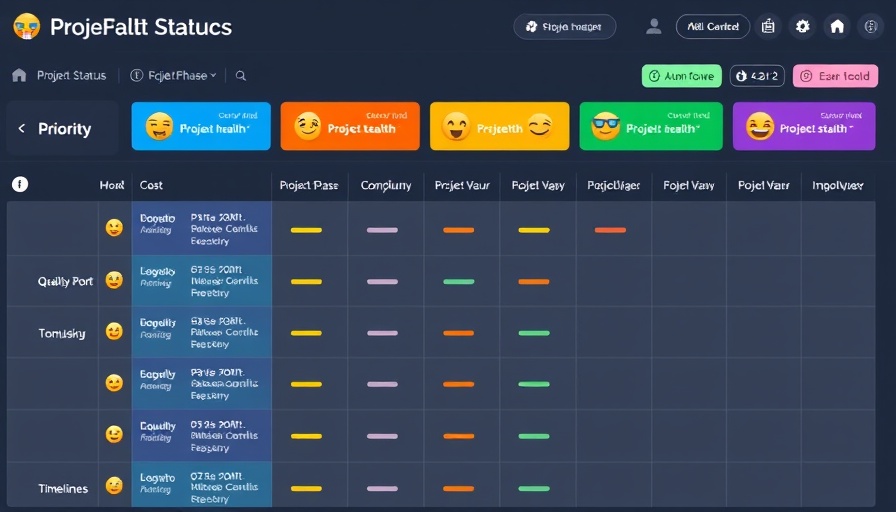
Harnessing the Power of Everyday Voices
In an age where authenticity reigns supreme, brands are shifting their focus from celebrity endorsements to the genuine voices of everyday people. The transition from traditional advertising to community-led marketing is transforming how brands establish trust and grow their engagement. With consumers increasingly becoming disenchanted by polished celebrity endorsements, companies are turning to relatable stories told by their own customers, initiating a new wave of marketing that resonates deeply with audiences.
The Emergence of Nano-Influencers
One of the most significant changes in influencer marketing is the rise of nano-influencers—individuals with smaller follower counts but high engagement rates. Statistically, these influencers boast an engagement rate of 2.53% compared to the 0.92% seen with mega-influencers. This engagement shift indicates that a deeper connection with audiences is often more important than sheer numbers. Brands are increasingly leveraging authentic content from customers, encouraging user-generated content (UGC) as an effective marketing tool.
Real-Life Examples of Community-Driven Campaigns
Take Bumble, a popular dating app, that showcases the power of community-driven storytelling. Through their #FindThemOnBumble initiative, the brand portrayed real Bumble users instead of using traditional advertising methods. Resulting in over 15 million media impressions, this campaign successfully illustrated how the app embodies users’ real-life narratives and experiences, enhancing emotional connections without overt selling.
Building Community Beyond Followers
The relationship between brands and their audiences is evolving. In contrast to simply focusing on follower metrics, brands are investing in genuine community engagement, which fosters loyalty and creates a sense of belonging among customers. For example, Lululemon organizes local running clubs and wellness events that invite community participation. This participatory approach not only builds brand loyalty but generates unsolicited authentic content which further fuels the marketing cycle.
Strategies for Brands to Engage with Their Community
1. Create Participation Opportunities: Encourage customers to interact with your brand through events, forums, or social media challenges that promote user-generated content.
2. Leverage Customer Stories: Use testimonials and real-life user experiences in marketing campaigns to highlight authenticity and relatability.
3. Focus on Transparency: Build trust with your audience by being open and genuine in your communications and marketing strategies.
Understanding the Value of Authentic Connections
As consumer preferences evolve, brands are learning that the future of effective marketing relies heavily on the communities they build and nurture. This transformation emphasizes the value of authentic connections over superficial metrics. Engaging everyday people in marketing strategies not only helps in fostering trust but also aligns with consumer desires for transparency and relatable narratives. Implementing these shifts can lead to a rejuvenated brand image and a loyal customer base.
 Add Row
Add Row  Add
Add 



Write A Comment